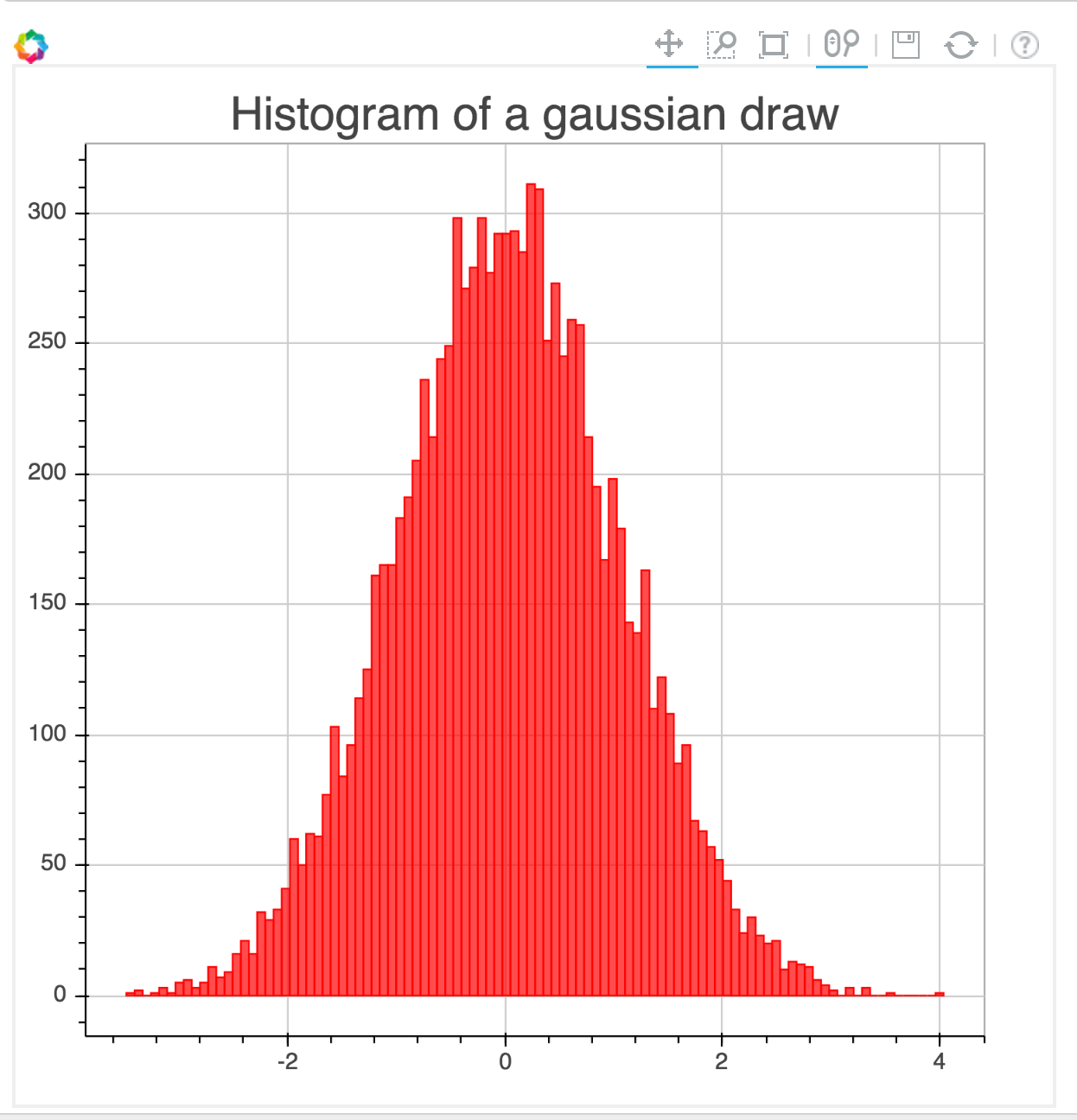iTorch is an IPython Kernel for Torch, with plotting (using Bokeh.js plots) and visualization of images, video and audio
iTorch in notebook mode works like any other IPython notebook.
It provides useful inline auto-complete. Whenever you need auto-complete, use the TAB key.

It also provides inline help using the ? symbol.
For example, ?torch.cmul

In addition, we introduce visualization functions for images, video, audio, html and plots.
itorch.image(img) - You can pass in a 3-D tensor (for a single image), or a table of 3D tensors (image collages).
itorch.image({image.lena(), image.lena(), image.lena()})itorch.audio(path) - You can pass in a filename of an audio file. Formats supported are mp3, ogg, aac
itorch.audio('example.mp3')itorch.video(path) - You can pass in a filename of a video file. Formats supported are mp4, ogv, mpeg
itorch.video('example.mp4')[window-id] = itorch.html(htmlstring, [window-id]) - Raw HTML string that is passed is rendered. A window handle is returned, that can be reused to replace the HTML with something else.
itorch.html('<p><b>Hi there!</b> this is arbitrary HTML</p>')
window_id = itorch.html('<p>This text will be replaced in 2 seconds</p>')
os.execute('sleep 2')
itorch.html('<p>magic!</p>', window_id)###Plotting iTorch can plot to screen in notebook mode, or save the plot to disk as a html file.
A Plot object is introduced, that can plot different kinds of plots such as scatter, line, segment, quiver plots.
Plot = require 'itorch.Plot'The plotting can be extended to more kinds of plots, as it uses Bokeh.js as its backend.
x1 = torch.randn(40):mul(100)
y1 = torch.randn(40):mul(100)
x2 = torch.randn(40):mul(100)
y2 = torch.randn(40):mul(100)
x3 = torch.randn(40):mul(200)
y3 = torch.randn(40):mul(200)
-- scatter plots
plot = Plot():circle(x1, y1, 'red', 'hi'):circle(x2, y2, 'blue', 'bye'):draw()
plot:circle(x3,y3,'green', 'yolo'):redraw()
plot:title('Scatter Plot Demo'):redraw()
plot:xaxis('length'):yaxis('width'):redraw()
plot:legend(true)
plot:redraw()
-- print(plot:toHTML())
plot:save('out.html')-- line plots
plot = Plot():line(x1, y1,'red','example'):legend(true):title('Line Plot Demo'):draw()-- segment plots
plot = Plot():segment(x1, y1, x1+10,y1+10, 'red','demo'):title('Segment Plot Demo'):draw()-- quiver plots
U = torch.randn(3,3):mul(100)
V = torch.randn(3,3):mul(100)
plot = Plot():quiver(U,V,'red',''):title('Quiver Plot Demo'):draw()-- quads/rectangles
x1=torch.randn(10)
y1=torch.randn(10)
plot = Plot():quad(x1,y1,x1+1,y1+1,'red',''):draw()-- histogram
plot = Plot():histogram(torch.randn(10000)):draw()iTorch requires or works with
- Mac OS X or Linux (tested in Ubuntu 14.04 and Arch Linux)
- Torch-7
- IPython version 2.2 or above (you can check your version of ipython using ipython --version)
- ZeroMQ
# OSX
brew install zeromq
# Ubuntu
sudo apt-get install libzmq3-devgit clone https://github.com/facebook/iTorch.git
cd iTorch
luarocks make If you have to use sudo for some reason (if you globally installed torch on Linux for example), use these commands:
sudo env "PATH=$PATH" luarocks make
sudo chown -R $USER $(dirname $(ipython locate profile))Start iTorch at command-line using the following command:
itorch notebook # notebook mode
OR
itorch # console mode
OR
itorch qtconsole # Qt modeDemo iTorch notebook: http://nbviewer.ipython.org/github/facebook/iTorch/blob/master/iTorch_Demo.ipynb
See the CONTRIBUTING file for how to help out.
iTorch is BSD-licensed. We also provide an additional patent grant.






